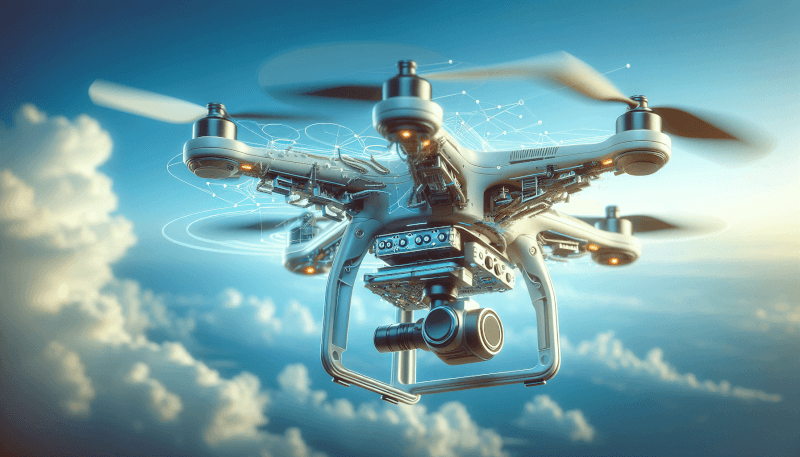Are you looking to take your drone flying skills to the next level? In this article, we will explore the top methods to enhance the control and maneuverability of your beloved drone. From understanding the importance of calibration to mastering expert-level flying techniques, we’ve got you covered. Whether you’re a beginner or a seasoned pilot, these tips and tricks will help you navigate the skies with precision and finesse. So, get ready to soar to new heights and unlock the true potential of your drone!
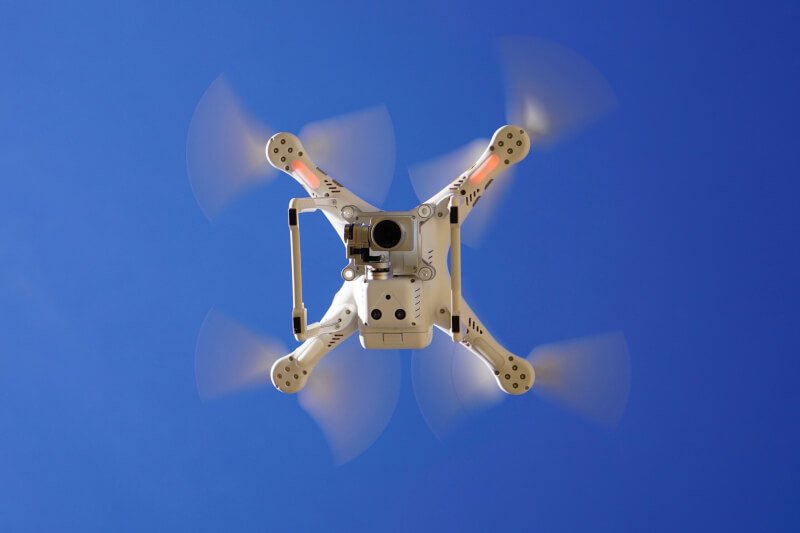
Choose the Right Drone
Consider your experience level
When choosing a drone, it is important to consider your experience level as a pilot. If you are a beginner, it is best to start with a drone that is easy to fly and has features designed for beginners. Look for drones with beginner-friendly flight modes and stability features. On the other hand, if you are an experienced pilot, you may want to consider a drone with advanced features that allow for more control and maneuverability.
Look for a drone with advanced flight modes
Advanced flight modes can greatly enhance your flying experience and give you more control over your drone. Look for drones that offer features such as Follow Me mode, which allows the drone to track your movements, or Waypoint mode, which allows you to program a flight path. These flight modes can make it easier to control your drone and capture the shots you want.
Choose a drone with a good controller
The controller is a crucial part of flying a drone, so it is important to choose a drone that comes with a good quality controller. Look for controllers that feel comfortable in your hands and have intuitive controls. Some controllers even come with built-in screens, which can provide a better flying experience. Additionally, consider the range and connectivity of the controller to ensure a strong and reliable connection between your drone and the controller.
Understanding Drone Controls
Learn the basic controls
Before flying your drone, it is essential to learn the basic controls. Familiarize yourself with how the drone moves forward, backward, left, and right. Understand how to control the altitude and how to rotate the drone. Take the time to read the user manual and practice these basic controls before attempting more advanced maneuvers.
Practice using the controls
Once you have a good understanding of the basic controls, practice using them to improve your skills. Find an open and safe area to fly your drone and spend time getting comfortable with the controls. Start with simple flying exercises such as flying in a straight line or making smooth turns. As you gain confidence, gradually challenge yourself with more complex maneuvers.
Understand the flight modes
In addition to the basic controls, drones often come with different flight modes that can enhance your flying experience. Take the time to understand what each flight mode does and how it can be useful. For example, a sport mode can make your drone more agile, while a beginner mode can help stabilize the drone for easier control. Experiment with different flight modes to find which ones work best for you and your desired style of flying.
Maintaining Your Drone
Keep your drone clean
Regularly cleaning your drone is essential for maintaining its performance. After each flight, take the time to wipe down the drone and remove any dirt or debris that may have accumulated. Pay special attention to the propellers, camera lens, and landing gear. Use a clean microfiber cloth and a mild cleaning solution to gently clean the surfaces. Avoid using harsh chemicals or abrasive materials that may damage the drone.
Check and replace propellers regularly
The propellers are one of the most important components of a drone. Inspect them before each flight to ensure they are in good condition and securely attached. Look for any signs of wear or damage, such as cracks or chips. If you notice any issues, replace the propellers immediately. Using damaged or worn-out propellers can affect the flight performance and stability of your drone.
Ensure proper calibration
Calibrating your drone is essential for accurate flight control. The calibration process ensures that the drone’s sensors and internal components are properly aligned. Follow the manufacturer’s instructions to calibrate the drone’s compass, gyroscope, and accelerometer regularly. This will help maintain the drone’s stability and ensure precise flight control. Keep in mind that different drones may have slightly different calibration procedures, so always refer to the user manual for specific instructions.
Enhancing Remote Control Signal
Avoid obstacles and interference
When flying your drone, it is important to avoid obstacles and areas of interference that can weaken the remote control signal. Fly in open areas away from tall buildings, trees, and other potential signal blockers. Additionally, be mindful of other devices that may interfere with the signal, such as Wi-Fi routers or power lines. By avoiding obstacles and interference, you can maintain a strong and stable connection between your drone and the remote control.
Select the right frequency band
Choosing the right frequency band for your drone can also improve the remote control signal. Drones typically operate on either the 2.4GHz or 5.8GHz frequency bands. Each frequency band has its advantages and disadvantages. The 2.4GHz band offers a longer range but is more susceptible to interference, while the 5.8GHz band has a shorter range but is less prone to interference. Consider the environment in which you will be flying and choose the frequency band that best suits your needs.
Use signal boosters or extenders
If you find that the remote control signal of your drone is weak or lacks range, you can use signal boosters or extenders to improve the signal strength. Signal boosters attach to the drone’s antennas and amplify the signal, allowing for a longer range. Signal extenders, on the other hand, act as a relay between the remote control and the drone, extending the range of the control signal. These accessories can be particularly useful when flying in areas with obstacles or where the signal is weak.
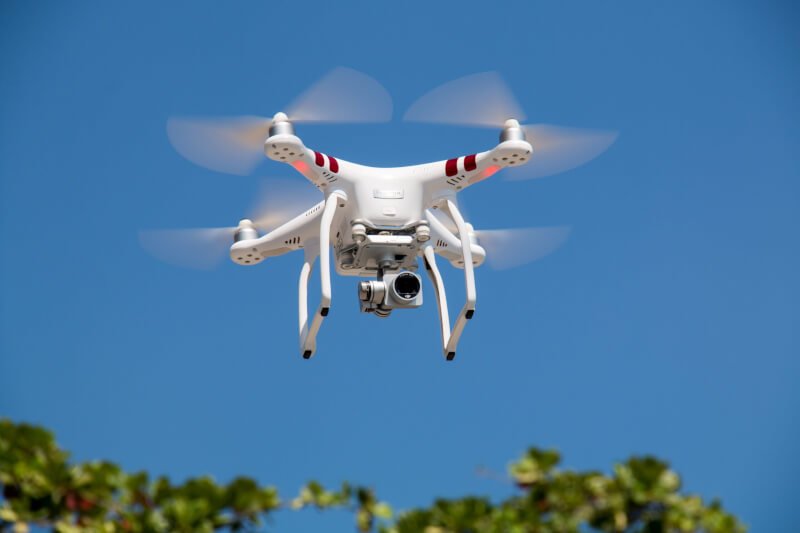
Avoiding Wind Interference
Check weather conditions
Before flying your drone, always check the weather conditions, especially wind speed and direction. Flying in strong winds can be dangerous and may cause your drone to lose control or crash. Keep in mind that even if the wind speed seems moderate, gusts of wind can still affect the stability of your drone. Consider using a weather app or website to get accurate and up-to-date wind information before each flight.
Avoid flying in strong winds
As a general rule, it is best to avoid flying your drone in strong winds. If the wind speed exceeds the recommended limits for your drone, it is advisable to postpone your flight. Strong winds can cause your drone to drift off course, making it difficult to maintain control. Additionally, flying in strong winds puts extra strain on the drone’s motors and battery, which can shorten the flight time and potentially damage the drone.
Utilize wind-resistant features
Some drones come with features designed to improve wind resistance. These features can help stabilize the drone and make it more resistant to gusts of wind. Look for drones with strong and efficient motors that can counteract wind currents. Drones with additional sensors, such as accelerometers or gyroscopes, can also improve stability in windy conditions. By utilizing these wind-resistant features, you can fly your drone more confidently in moderate wind conditions.
Mastering Manual Flight
Start with slow and steady movements
When practicing manual flight, it is important to start with slow and steady movements. Gradually increase the speed and agility of your movements as you become more comfortable and confident. Avoid making sudden or jerky movements, as this can cause the drone to lose stability. By starting with slow and controlled movements, you can develop better control over your drone and improve your piloting skills.
Practice different maneuvers
To improve your manual flight skills, practice different maneuvers with your drone. Experiment with flying in different patterns, such as figure eights or circles. Try flying in tight spaces or around obstacles to challenge your control abilities. Practicing different maneuvers will help you become more familiar with the capabilities of your drone and improve your ability to navigate in various situations.
Use manual control to improve agility
One of the advantages of manual flight is the ability to have full control over your drone’s movements. Use manual control to improve the agility of your drone. Make small adjustments to the throttle, pitch, and yaw to perform precise movements. Practice hovering at different altitudes and maintaining a steady position. By mastering manual control, you can achieve more precise and dynamic flight maneuvers with your drone.
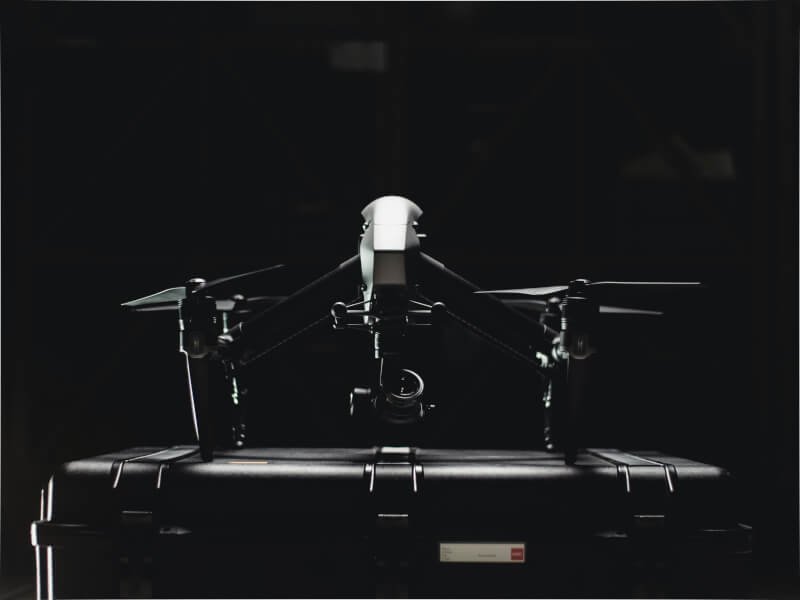
Utilizing Flight Modes
Experiment with various flight modes
Take advantage of the different flight modes available on your drone to explore new possibilities. Try out different modes such as Sport mode for faster flying speeds or Altitude Hold mode for stable hovering. Each flight mode offers unique features and functionalities that can enhance your drone flying experience. Experimenting with different flight modes will help you discover the ones that suit your style of flying and capture the shots you desire.
Use GPS modes for stability
Many drones come with GPS-enabled flight modes that provide stability and precise positioning. GPS modes use satellites to lock onto your drone’s position, allowing for smoother and more controlled flights. These modes are particularly useful for capturing aerial footage or performing complex maneuvers that require precise positioning. Make sure to familiarize yourself with the specific GPS modes available on your drone and learn how to utilize them effectively.
Try cinematic modes for smooth footage
If you are interested in capturing smooth and cinematic footage, try out the cinematic modes available on your drone. These modes are designed to slow down the drone’s movements, resulting in more controlled and visually appealing shots. Cinematic modes often include features such as slow-mo recording, smooth panning, and automated camera movements. Practice using these modes to add a professional touch to your aerial footage.
Practicing Obstacle Avoidance
Understand obstacle avoidance sensors
Obstacle avoidance sensors are an important safety feature found on many drones. These sensors use a combination of cameras, infrared sensors, and other technologies to detect and avoid objects in the drone’s flight path. Take the time to understand how the obstacle avoidance sensors work on your drone and how they can help prevent collisions. Keep in mind that obstacle avoidance sensors have limitations and may not detect small or transparent objects.
Learn how to utilize obstacle avoidance effectively
While obstacle avoidance sensors can help prevent collisions, it is still important to learn how to utilize them effectively. Avoid relying solely on the sensors and maintain visual contact with your drone at all times. Use the obstacle avoidance sensors as an additional safety measure, but always be prepared to take manual control if necessary. Practice flying in obstacle-filled environments to test the effectiveness of the sensors and improve your ability to navigate safely.
Practice flying through obstacles
To further improve your piloting skills, practice flying through obstacles with your drone. Create a designated obstacle course using objects such as cones or hoops and challenge yourself to navigate through them. Start with simple obstacles and gradually increase the difficulty as you become more confident. This exercise will help improve your hand-eye coordination and enhance your ability to handle real-world obstacles during flights.
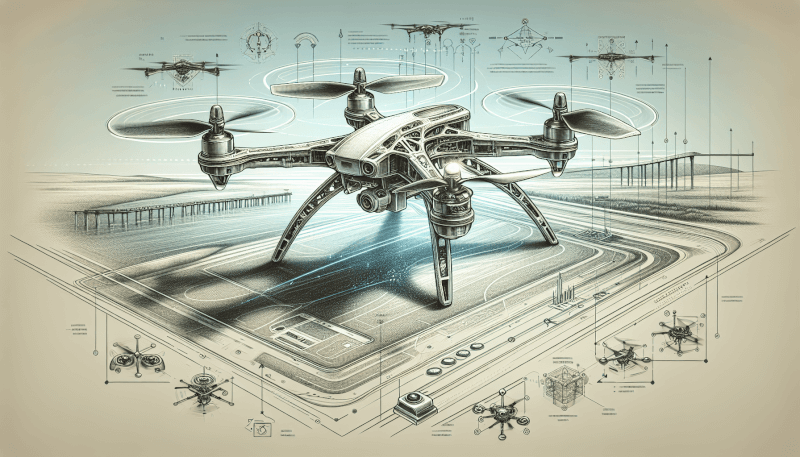
Adjusting Sensitivity Settings
Customize sensitivity according to your skill level
Most drones allow you to adjust the sensitivity settings to match your skill level and flying preferences. Beginners may want to start with lower sensitivity settings to have more stability and control over their drone. As you become more experienced, gradually increase the sensitivity to make the drone more responsive and agile. Experiment with different sensitivity settings to find the ones that best suit your flying style.
Fine-tune controls for desired response
In addition to overall sensitivity settings, many drones also offer the ability to fine-tune specific controls for a desired response. This can include adjusting the throttle, pitch, yaw, and roll rates individually. Fine-tuning the controls allows you to customize the drone’s behavior to your liking, whether you prefer smoother movements or quick and snappy responses. Spend time experimenting with these settings to find the perfect balance for your flying preferences.
Experiment with different settings
Every drone and pilot is different, so don’t be afraid to experiment with different sensitivity settings and control configurations to find what works best for you. Take note of how different settings affect the drone’s performance and your overall flying experience. Remember to make small adjustments and test each setting thoroughly before making further changes. By constantly experimenting and fine-tuning, you can maximize the control and maneuverability of your drone.
Improving Battery and Power Management
Optimize battery charging and storage
Proper battery management is essential for maximizing the flight time and performance of your drone. Follow the manufacturer’s guidelines for charging and storing your drone’s batteries. Avoid overcharging or draining the batteries completely, as this can shorten their lifespan. Consider using a smart charger that automatically optimizes the charging process. Store your batteries in a cool and dry place, away from direct sunlight or extreme temperatures.
Monitor battery levels during flight
To avoid a sudden loss of power during flight, it is important to monitor the battery levels of your drone. Most drones display the battery status on the controller or through a companion app. Keep a close eye on the battery level and plan your flights accordingly. Avoid pushing the battery to its limits, and always allow for enough power to safely return the drone to the landing location. Regularly check the batteries for any signs of damage or wear that may affect their performance.
Consider using high-capacity batteries
If you find that the flight time of your drone is inadequate for your needs, consider using high-capacity batteries. High-capacity batteries have a larger energy storage capacity and can provide longer flight times. However, keep in mind that high-capacity batteries may be heavier and can affect the drone’s overall performance. Check the compatibility of the batteries with your drone and ensure that they are from a reputable manufacturer.
In conclusion, improving the control and maneuverability of your drone requires a combination of choosing the right drone, understanding the controls, maintaining the drone properly, optimizing the remote control signal, avoiding wind interference, mastering manual flight, utilizing flight modes, practicing obstacle avoidance, adjusting sensitivity settings, and improving battery and power management. By following these tips and constantly practicing, you can become a skilled and confident drone pilot. Remember to always prioritize safety and adhere to local regulations when flying your drone. Happy piloting!
